Tactile cues for ripe vegetables
For farmers who are blind, to check the ripeness of peppers use tactile cues such as the size of the pepper.
 Added to
Added toWorkWith Guide
Select from the dropdowns below to view adaptations.
 Added to
Added to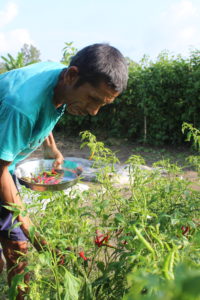
 Added to
Added to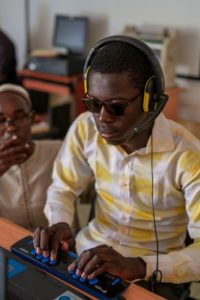
 Added to
Added to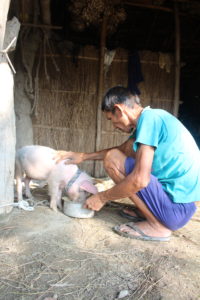
 Added to
Added to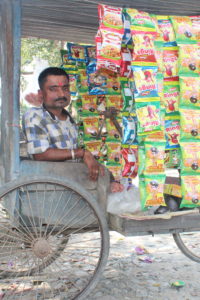
 Added to
Added to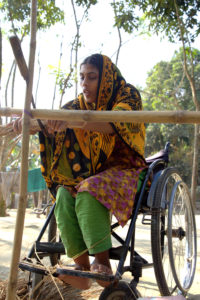
 Added to
Added to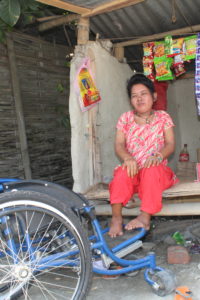
 Added to
Added to
 Added to
Added to
 Added to
Added to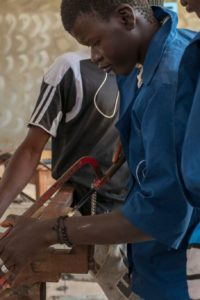
 Added to
Added to
 Added to
Added to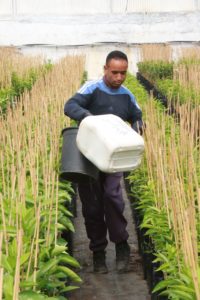
 Added to
Added to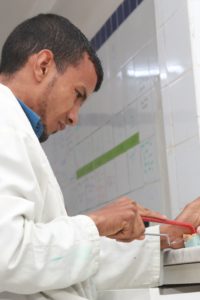
 Added to
Added to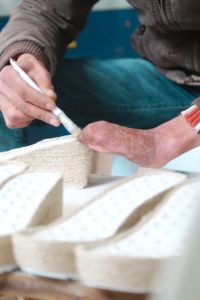
 Added to
Added to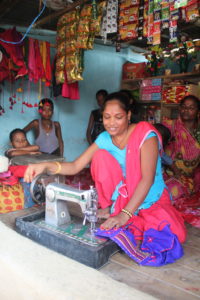
 Added to
Added to
 Added to
Added to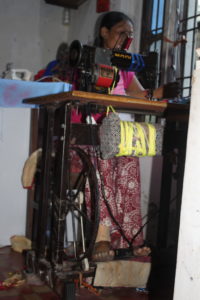
 Added to
Added to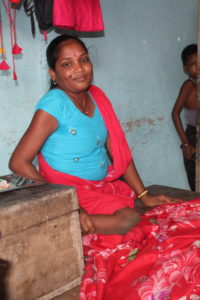
 Added to
Added to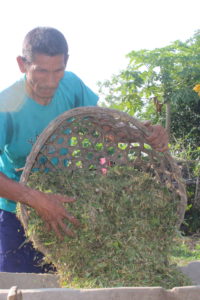
 Added to
Added to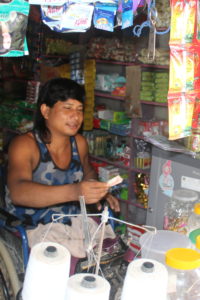
 Added to
Added to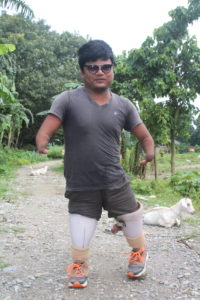
 Added to
Added to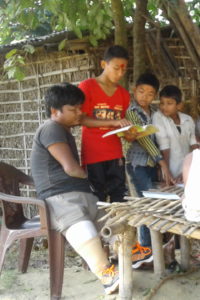
 Added to
Added to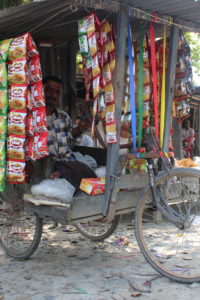
 Added to
Added to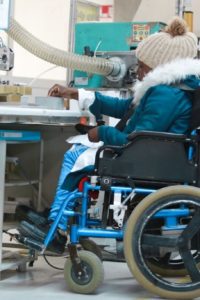
 Added to
Added to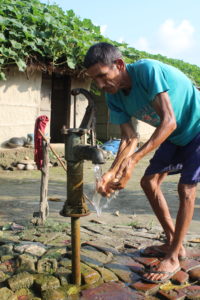
 Added to
Added to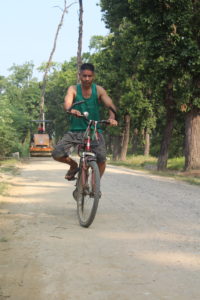
 Added to
Added to
 Added to
Added to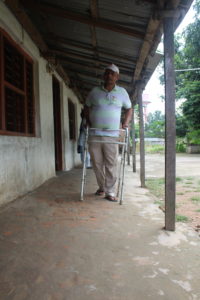
 Added to
Added to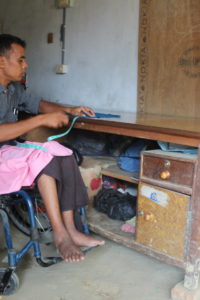
 Added to
Added to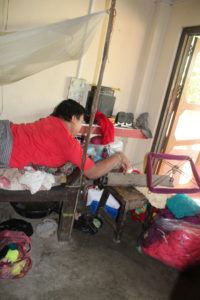
 Added to
Added to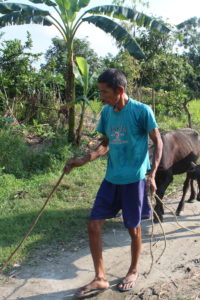
 Added to
Added to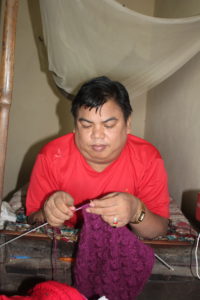
 Added to
Added to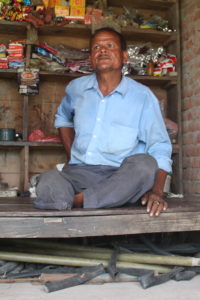
 Added to
Added to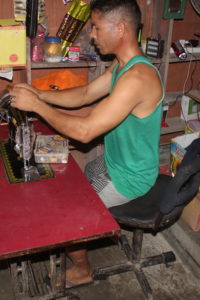
 Added to
Added to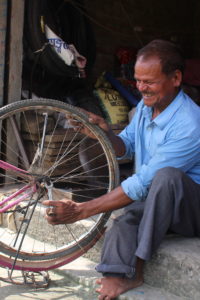
 Added to
Added to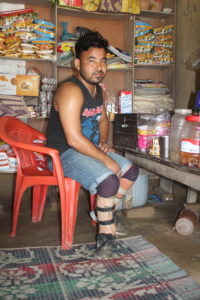
 Added to
Added to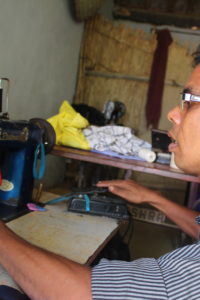
 Added to
Added to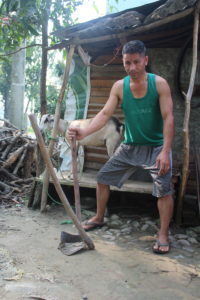
 Added to
Added to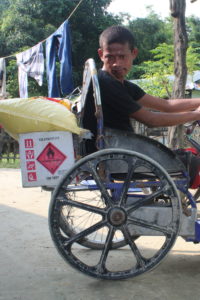
 Added to
Added to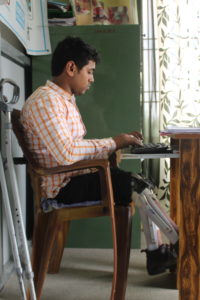
 Added to
Added to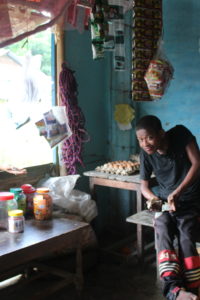
 Added to
Added to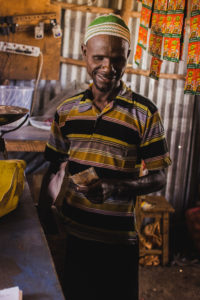
 Added to
Added to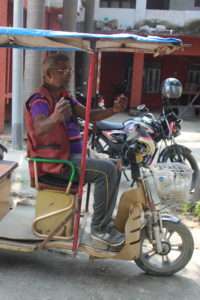
 Added to
Added to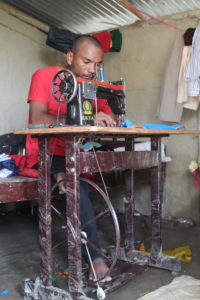
 Added to
Added to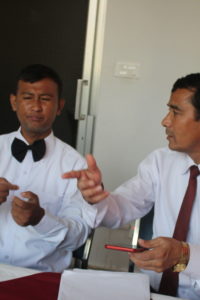
 Added to
Added to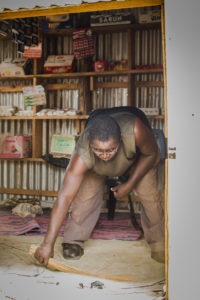
 Added to
Added to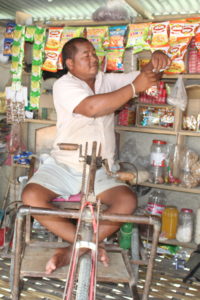
 Added to
Added to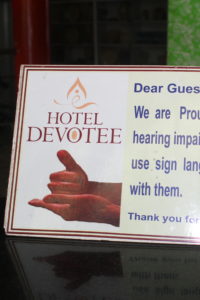
 Added to
Added to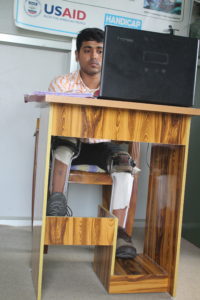
 Added to
Added to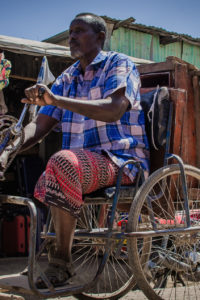
 Added to
Added to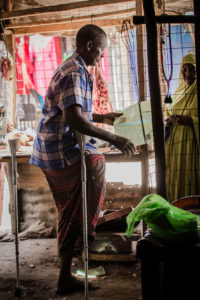
 Added to
Added to
 Added to
Added to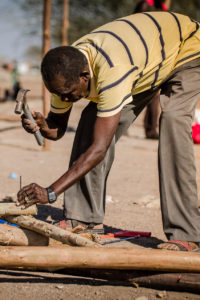
 Added to
Added to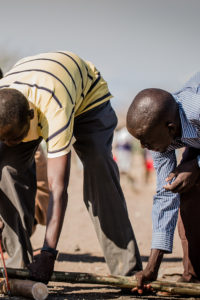
 Added to
Added to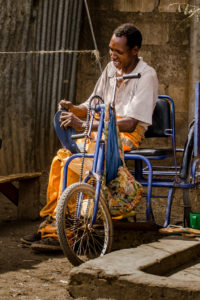
 Added to
Added to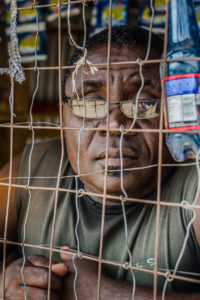
 Added to
Added to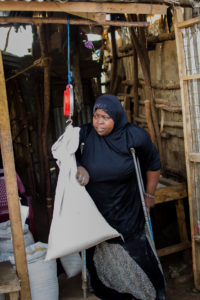
 Added to
Added to
 Added to
Added to
 Added to
Added to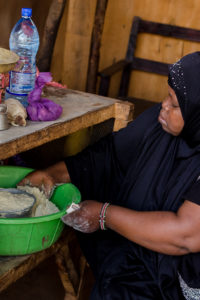
 Added to
Added to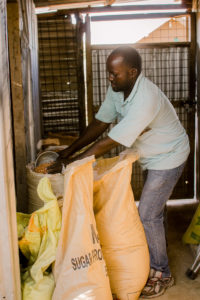
 Added to
Added to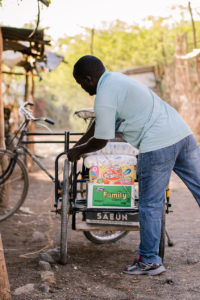
 Added to
Added to
 Added to
Added to
 Added to
Added to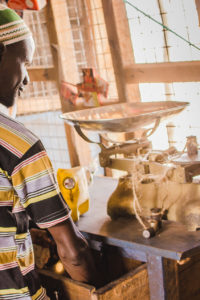
 Added to
Added to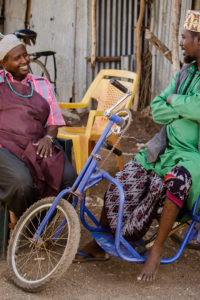
 Added to
Added to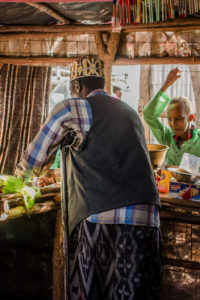
 Added to
Added to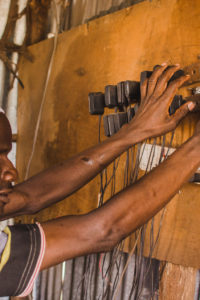
 Added to
Added to
 Added to
Added to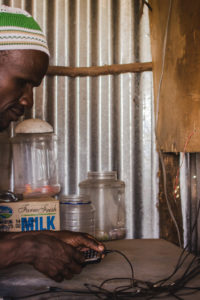
 Added to
Added to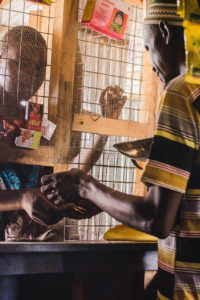
 Added to
Added to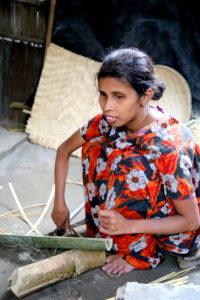
 Added to
Added to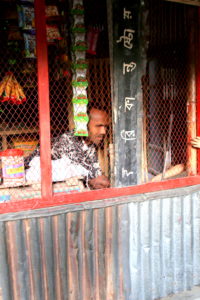
 Added to
Added to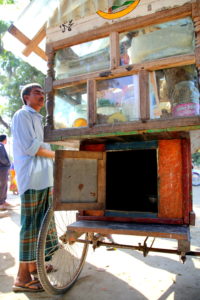
 Added to
Added to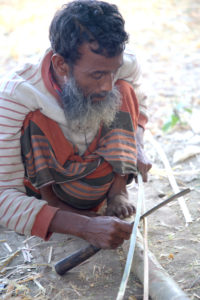
 Added to
Added to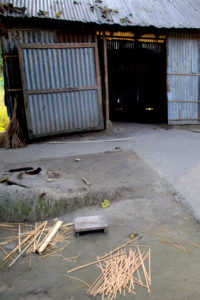
 Added to
Added to
 Added to
Added to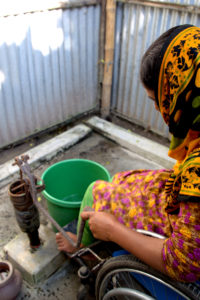
 Added to
Added to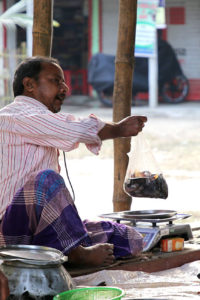
 Added to
Added to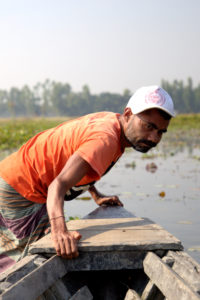
 Added to
Added to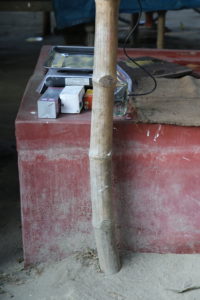
 Added to
Added to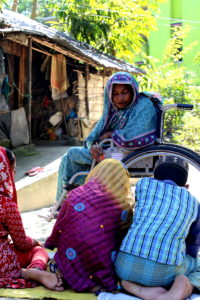
 Added to
Added to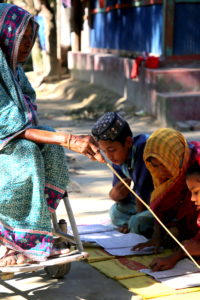
 Added to
Added to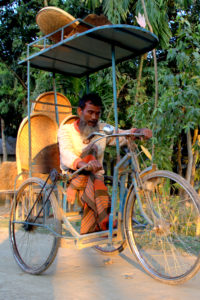
 Added to
Added to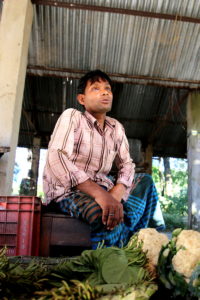
 Added to
Added to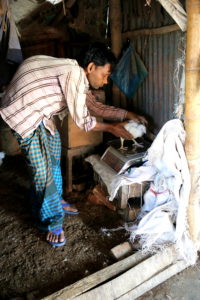
 Added to
Added to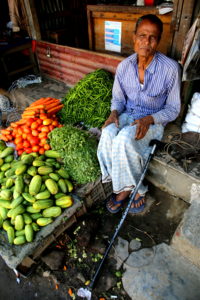
 Added to
Added to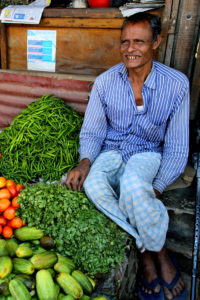
 Added to
Added to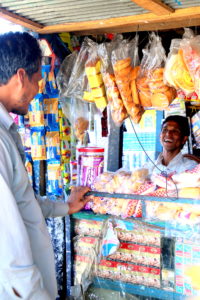
 Added to
Added to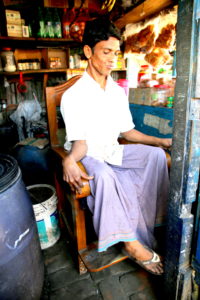
 Added to
Added to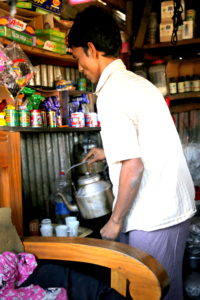
 Added to
Added to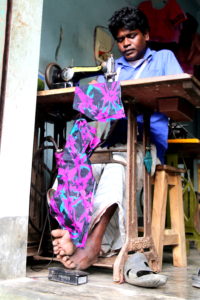
 Added to
Added to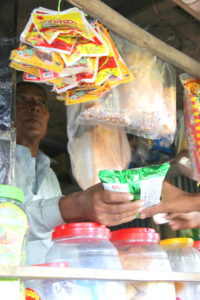
 Added to
Added to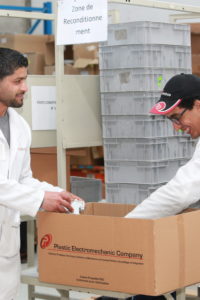
 Added to
Added to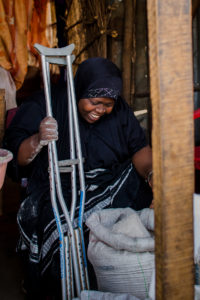
 Added to
Added to
 Added to
Added to
 Added to
Added to
 Added to
Added to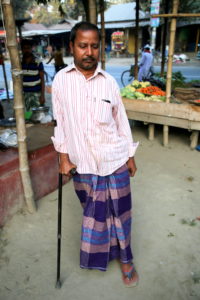
 Added to
Added to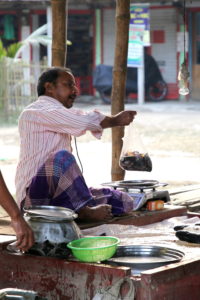
 Added to
Added to
 Added to
Added to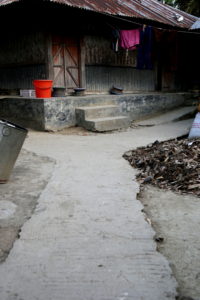
 Added to
Added to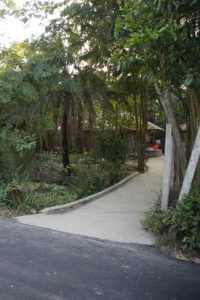
 Added to
Added to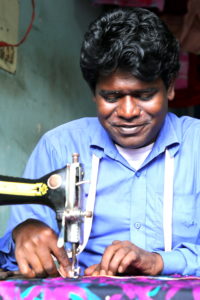
 Added to
Added to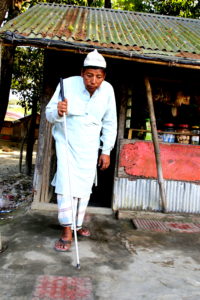
 Added to
Added to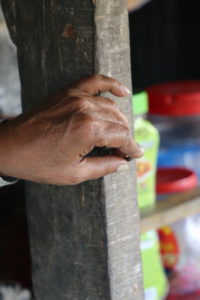
 Added to
Added to
 Added to
Added to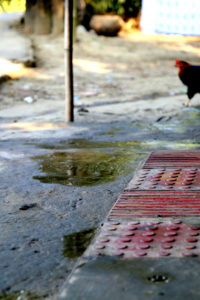
Have an adaptation example? Submit it here:
There are so many additional adaptations not pictured here, to capture and add to the site.
By continuing to use this website, you accept the use of cookies to provide services tailored to your interests. Learn More | Ok
WorkWith introduces you to a world of examples of how programs, organizations and companies can work with people with disabilities. It’s simpler than you might think to begin adapting your activities. Ready to get started?
Make your selections below to browse through different task adaptations. Adjust your WorkWith Guide by selecting the examples match your work!
1 Explore and select images of what's possible, using drop down sorting mechanism to pick images that match your work. 2 Select additional tools to help with your inclusion journey. 3 Get your customized WorkWith Guide and get started!